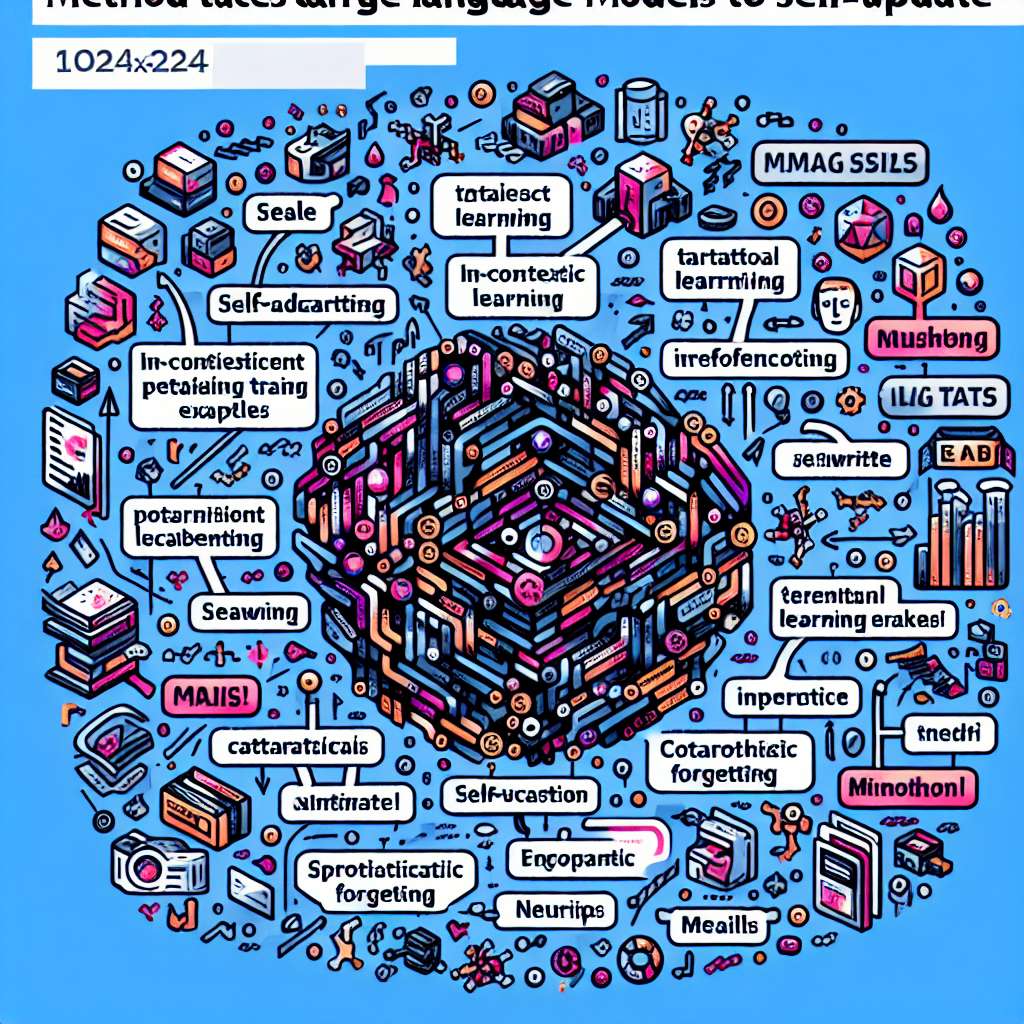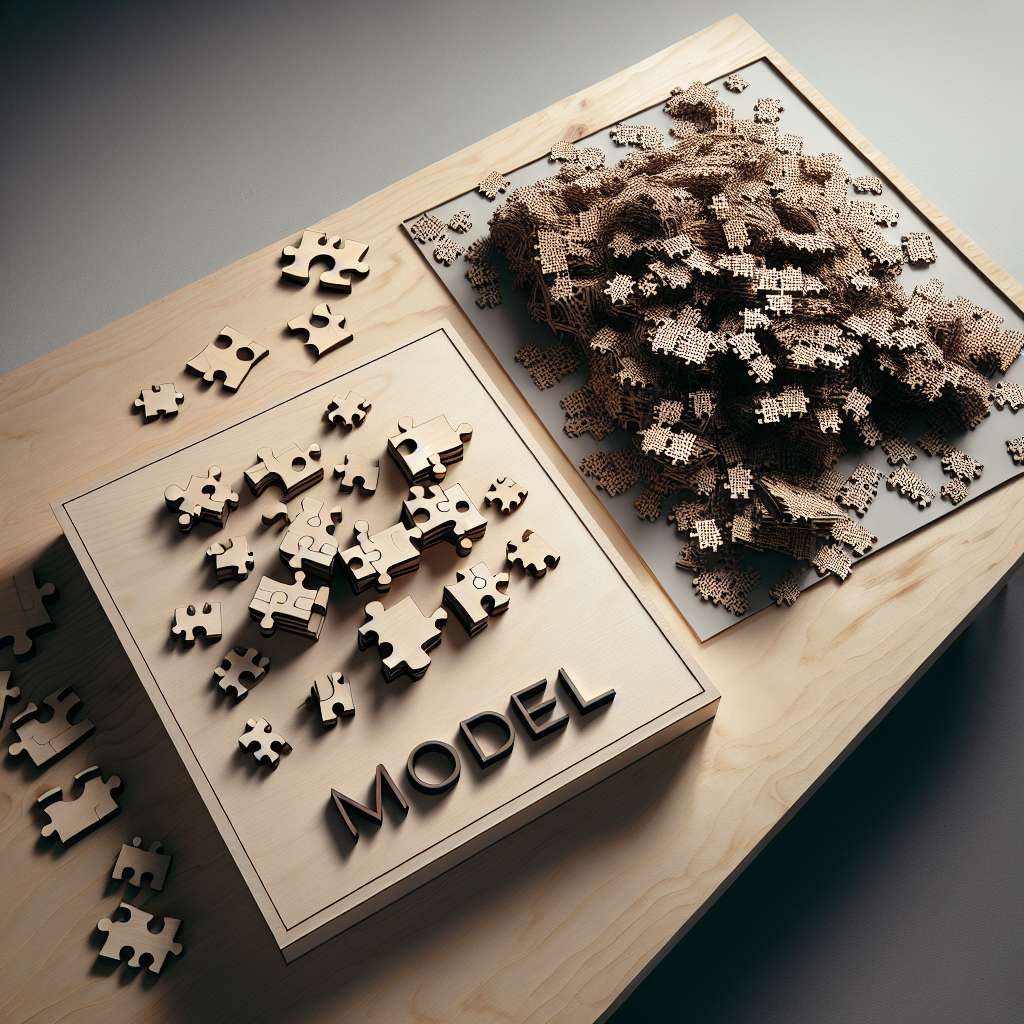Teaching large language models how to absorb new knowledge

Researchers at MIT have developed a self-adapting framework that lets large language models permanently internalize new information by generating and learning from their own self-edits. The method could help Artificial Intelligence agents update between conversations and adapt to changing tasks.
OpenAI’s new LLM exposes the secrets of how artificial intelligence really works

OpenAI built an experimental, weight-sparse LLM designed to be far easier to inspect than typical models. The work aims to reveal the internal mechanisms behind hallucinations and other failures, and to improve how much we can trust artificial intelligence.
Us2.ai advances cardiac imaging with multimodal Artificial Intelligence

Us2.ai highlights studies and partnerships showing how Artificial Intelligence applied to echocardiography can surface hidden cardiac amyloidosis and support broader structural heart disease workflows.
MMCTAgent enables multimodal reasoning over large video and image collections

MMCTAgent enables dynamic multimodal reasoning with iterative planning and reflection. Built on Microsoft’s AutoGen framework, it combines language, vision, and temporal understanding for complex tasks such as long video and image analysis.
NVIDIA sweeps MLPerf training v5.1 for artificial intelligence

NVIDIA swept all seven tests in MLPerf Training v5.1, posting the fastest training times across large language models, image generation, recommender systems, computer vision and graph neural networks. The company was the only platform to submit results on every test, highlighting its GPUs and CUDA software stack.
